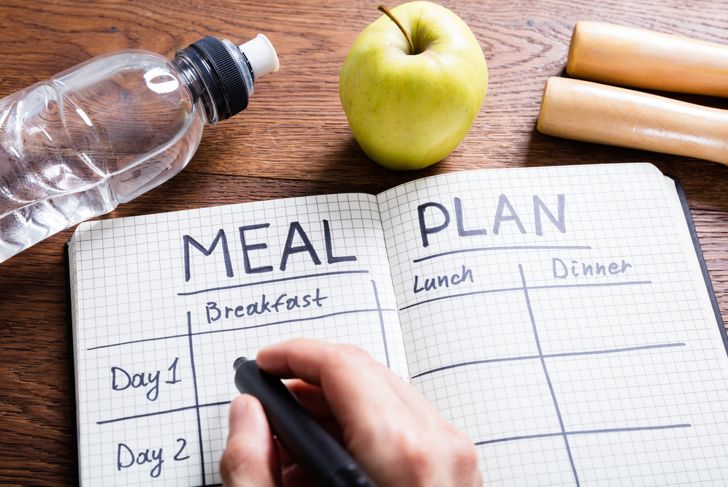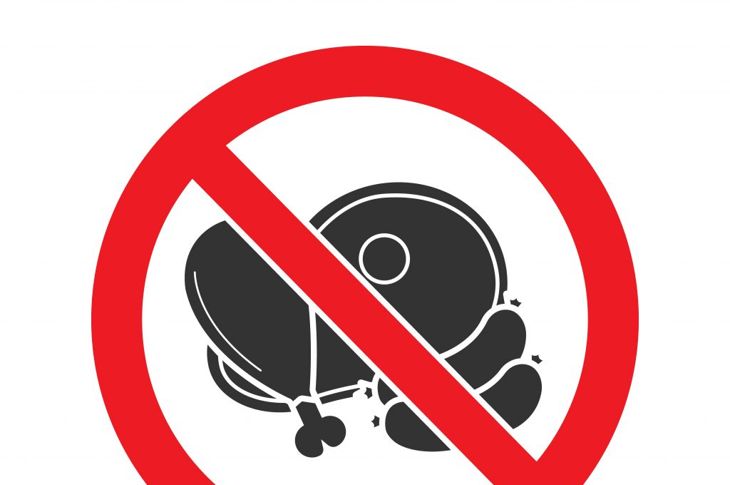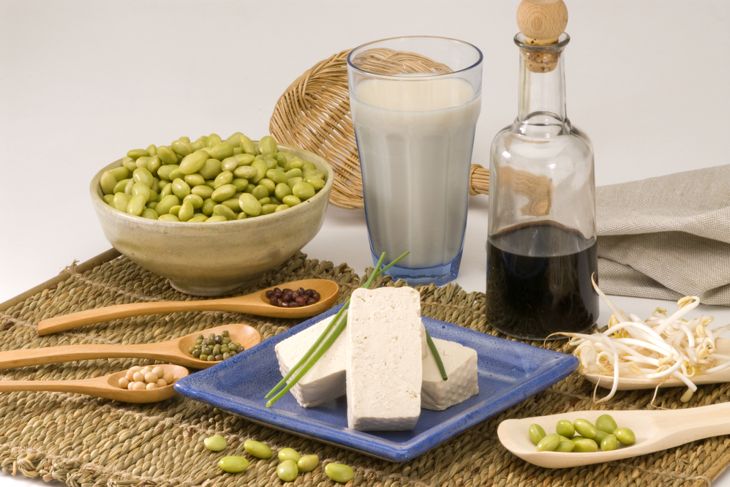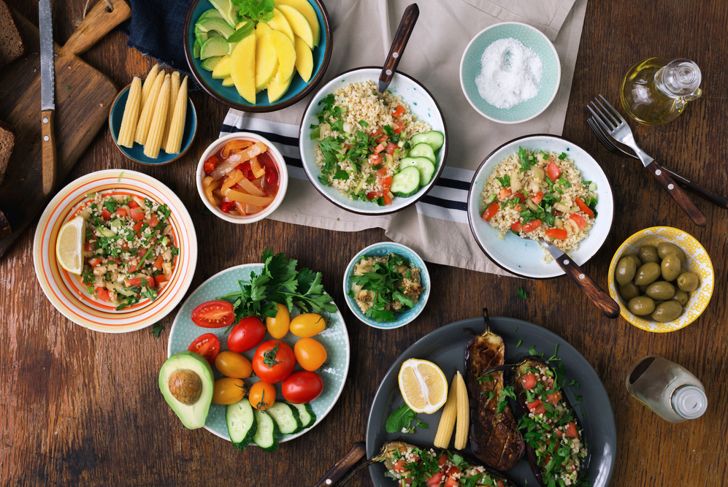The Flexitarian Diet is a meal plan that focuses on adding more plant-based foods and limiting meat. Flexitarian is a term that refers to a vegetarian whose diet consists of meat and fish on occasion. The diet was developed by nutritionist Dawn Jackson Blatner who literally wrote the book on it. She believes that eating a vegetarian diet is healthiest, but recognizes that giving up meat isn’t something everyone is willing to do. She designed a balance that keeps meat yet reduces and replaces it with lots of healthy foods to help lose and maintain a healthy weight.
Diet Freedom
There are so many diet plans out there that tell you what you can and can’t eat, and this is not one of them! The whole idea behind the diet is to be flexible. There are no foods that are restricted, but the purpose is to add more natural plant-based foods to daily meal plans. The diet gives you certain guidelines to stay within to help increase the chances of success. Some people still eat meat daily, but for only one meal. Others may eat meat twice a week.
Find Your Level
The Flexitarian Diet plan starts with finding what level you should start on based on your current eating habits. Blatner has broken the diet into three levels: beginner, advanced, and expert. The goal is to reduce meat gradually and not cut it out drastically right away. It is recommended that beginners start by removing meat from diets two days a week. The advanced level consists of 3 or 4 meatless days, and the expert level is five days a week with no meat.
Plan Examples
The guidelines for meal plans on this diet are also flexible. You choose the number of calories that is best suited to your needs. Most people are going to choose somewhere between 1200 and 1800 calories. A typical day will consist of three meals and two snacks per day. You can remove snacks to reduce calories or increase breakfast foods for more calories.
Are Any Meats Off Limits?
Again, this diet is very flexible! There are no restrictions set in this plan, only recommendations. The person following the diet should use their discretion as to what they feel is appropriate. A fatty piece of steak is obviously going to add more fat and calories to your day than a piece of lean poultry or fish, but that’s up to you!
Fulfilling Replacements
Eating meat provides a high amount of protein that most people rely on to feel satiated. So, what are good foods to use as a stand-in on days where meat isn’t on the menu? There are many foods high in fiber and protein that are filling and nutritious. Foods like all types of beans, nuts, whole grains, and vegetables are great options. There are also soy-based foods like tofu, edamame, and Tempeh that are great protein-rich meat replacements.
Benefits of this Diet
There are several health benefits to following a diet rich in plant-based nutrients and low in meat. People who follow vegetarian and vegan diets have lower BMI’s, meaning they weigh less than people who eat meat. A diet low in meat consumption has also been linked with lowering cholesterol, a lower risk for diabetes, and a lower risk for certain types of cancers.
Is Eating Less Meat Wise?
The main thing to remember when reducing the amount of meat you eat is that you have to replace the protein with healthier protein options. If you start loading up on carbohydrates and foods like nuts to compensate then, you might end up with more calories and fat than if you just ate meat. You will also need to make sure you are eating enough foods with important vitamins found in meat sources like Vitamin D and Iron. With some nutritional guidance, you will be able to eat a balanced and filling diet.
Flexitarian Diet Helps the Environment
Although it is a fact rarely discussed by most, eating meat is actually bad for the environment. We would love to believe many small organic farms are producing our meat, but that’s not true. Most meat in the U.S. comes from large-scale factory farms. These farms not only take up a large amount of space and water resources themselves, but the food grown to feed the animals does as well. Animals are also proven to produce more air pollution and greenhouse gases than the vehicles we drive.
Freedom Within Reason
The diet is flexible, but to achieve real results you really need to use your judgment. Reducing meat intake and continuing to eat high-fat junk foods and sugars will have no effect on your health or waistline. The focus should be on adding as many nutrient-rich foods as possible such as fruits, vegetables, and beans. Eliminating processed foods should also be at the top of the list.
Does It Work?
When considering any diet, the real question everyone wants to know is: does it work? Research has shown that Flexitarians tend to weigh around 15% less than people following a typical American diet. They also have fewer health problems than those on a standard diet. It has also been proven that by eating more healthy whole foods cravings for processed foods and sugars drop dramatically. The Flexitarian Diet seems to deliver not only weight loss but the improvement of overall health.

 Home
Home Health
Health Diet & Nutrition
Diet & Nutrition Living Well
Living Well More
More




















